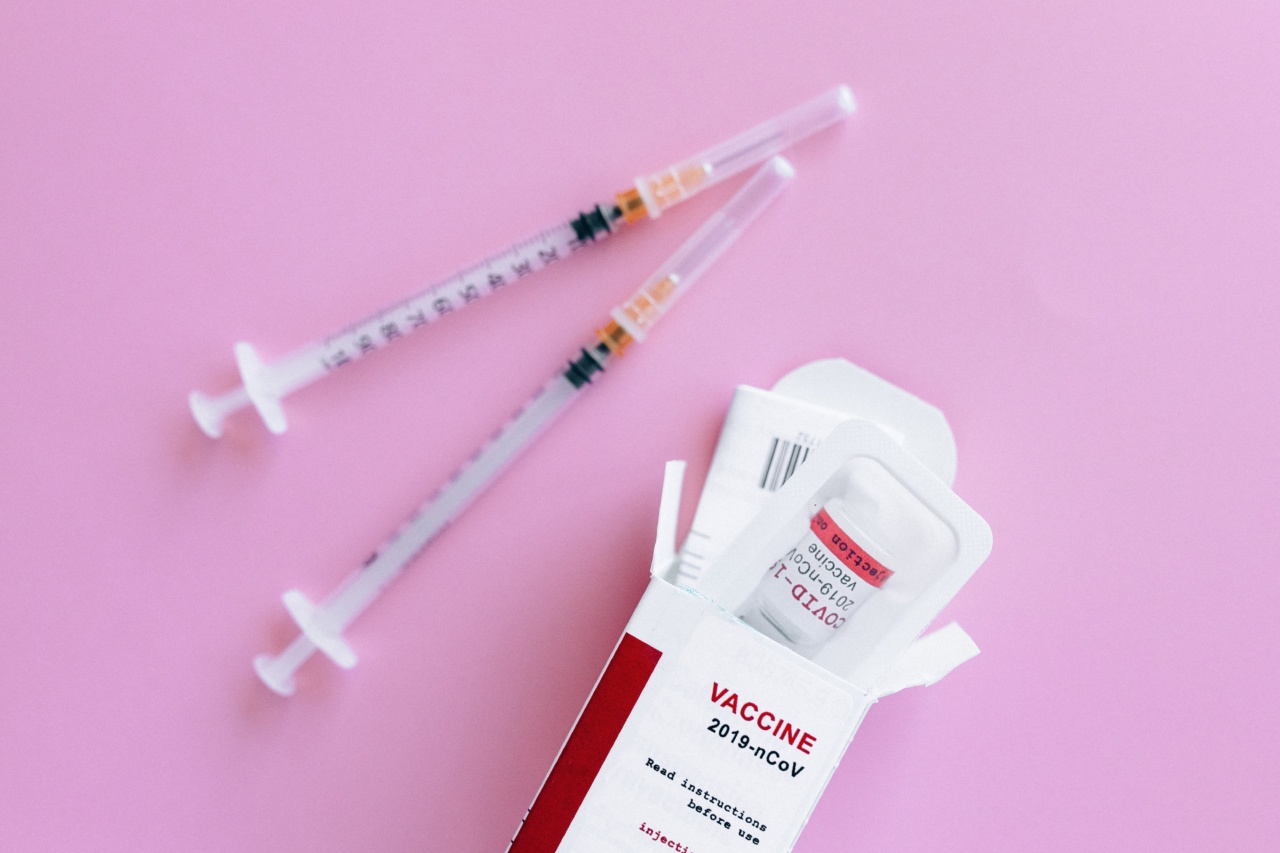Diabetes is a chronic disease that affects millions of people worldwide. There are two main types of diabetes: type 1 and type 2.
Type 1 diabetes is an autoimmune disease in which the body’s immune system attacks the insulin-producing cells in the pancreas. Type 2 diabetes, on the other hand, is a metabolic disorder in which the body becomes resistant to insulin or doesn’t produce enough insulin to regulate blood sugar levels.
For many years, the main treatment options for diabetes were medication, diet, and exercise. However, Swiss researchers have recently discovered a new diabetes treatment method that could revolutionize the way the disease is managed.
What is the new diabetes treatment method?
The new treatment method involves using a drug that targets a protein called SGLT2.
This protein is responsible for reabsorbing glucose in the kidneys, and by inhibiting it, the drug can increase glucose excretion in the urine and lower blood sugar levels.
The drug is already approved for use in the treatment of type 2 diabetes, but the Swiss researchers wanted to see if it could also be effective in treating type 1 diabetes.
They conducted a clinical trial involving 84 patients with type 1 diabetes, all of whom were already on insulin therapy.
What were the results of the clinical trial?
The results of the clinical trial were very promising.
The researchers found that the group of patients who received the drug in addition to insulin therapy had significantly better blood sugar control than the group of patients who only received insulin therapy. They also saw a reduction in the amount of insulin needed by the patients receiving the drug.
Another positive result of the clinical trial was that the patients who received the drug had a lower risk of hypoglycemia, or low blood sugar. Hypoglycemia is a common side effect of insulin therapy and can be dangerous if not treated quickly.
What are the potential benefits of this new treatment method?
The potential benefits of this new treatment method are numerous. For one, it could provide a new treatment option for people with type 1 diabetes who are struggling to maintain good blood sugar control with insulin therapy alone.
It could also reduce the risk of hypoglycemia, which could improve quality of life for people with diabetes.
In addition, this new treatment method could have implications for the treatment of type 2 diabetes as well.
While the drug is already approved for use in the treatment of type 2 diabetes, the clinical trial showed that it could be effective in treating type 1 diabetes as well. This means that it could be a versatile treatment option for both types of diabetes.
What are the potential drawbacks of this new treatment method?
While the results of the clinical trial are certainly encouraging, there are some potential drawbacks to this new treatment method that need to be considered. For one, the drug can increase the risk of urinary tract infections and genital infections.
It can also increase the risk of cardiovascular events like heart attacks and strokes.
Another potential drawback of this new treatment method is cost. The drug is already expensive for the treatment of type 2 diabetes, and it could become even more expensive if it is approved for use in the treatment of type 1 diabetes as well.
What does this mean for the future of diabetes treatment?
This new diabetes treatment method is an exciting development for the field of diabetes treatment.
While it is not a cure for diabetes, it could provide a new treatment option for people with type 1 diabetes who are struggling to maintain good blood sugar control with insulin therapy alone.
Further research will be needed to determine the long-term effects of the drug on people with diabetes, as well as its potential impact on the treatment of type 2 diabetes.
However, this discovery is a promising step forward in the fight against diabetes.
Conclusion
The discovery of this new diabetes treatment method by Swiss researchers is an exciting development in the field of diabetes treatment.
The drug could provide a new treatment option for people with type 1 diabetes who are struggling to maintain good blood sugar control with insulin therapy alone, and could also have implications for the treatment of type 2 diabetes as well.
While there are potential drawbacks to this new treatment method, the positive results of the clinical trial are certainly encouraging.
Further research will be needed to fully understand the long-term effects of the drug, but for now, this discovery is a promising step forward in the fight against diabetes.




























